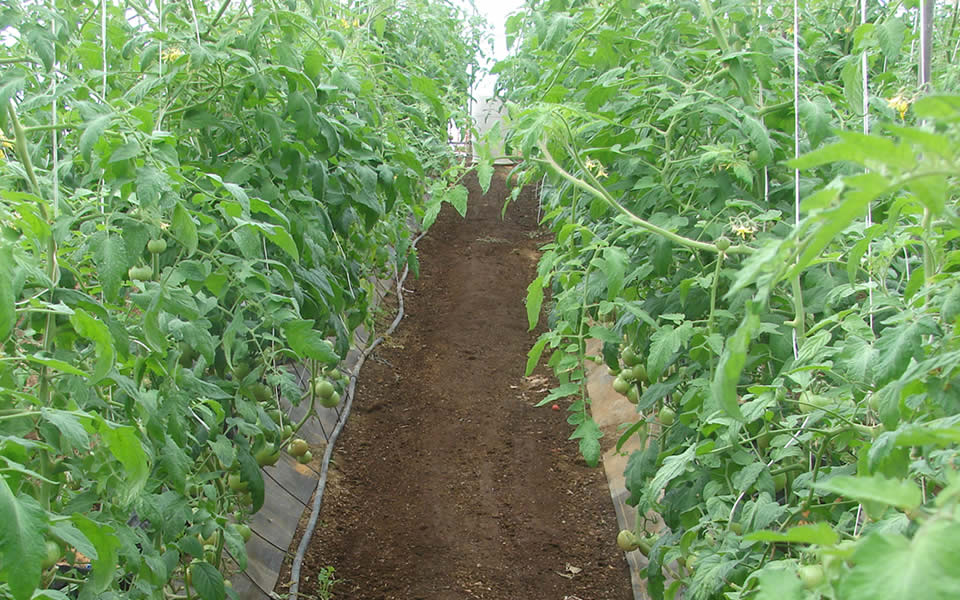As a potting media component for nurseries biochar is an absolutely perfect fit. In fact, biocharwas a standard ingredient in the glass house days of old (they just didn’t call it biochar back then). Here are some helpful tips towards achieving success in your nursery work with biochar:
5% biochar is often a very safe place to start, but there have been great successes with 30%-50% biochar when pH and nutrient levels are balanced properly in the beginning.
A layer of biochar in the bottom of the pot keeps good drainage at the bottom, while also acting as a filter to help catch nutrients before they run away down the drain. Roots seem to like this.
Perlite can be partially or fully replaced with biochar. In 2013 a student in Iowa did his masters thesis on the subject:
“One substrate, 30% BC10 [biochar] blended with 70% sphagnum peat, was similar to the control, Sunshine LC1 (Sun Gro Horticulture, Agawam, MA) in all measures except bulk density. Plants grown in biochar-containing substrates were compared to plants grown in a commercial substrate that contained sphagnum peat, perlite, and limestone (Sunshine LC1). Plants grew in each substrate for 27 or 35 days. Electrical conductivity and pH were measured 14 days after transplanting and at the end of each trial. Results varied among trials and crops grown. Many biochar-based substrates produced plants with shoot dry mass greater than or equal to the control. These results demonstrate the potential for biochar to replace perlite and eliminate the limestone amendment needed for commercial greenhouse soilless substrates based on sphagnum peat.” (Northup, Jake, 2013)
Orchids do very well with biochar in the potting media. Biochar provides aeration, drainage, and can help to adsorb any toxins. The use of biochar has been a standard in orchid growing for untold years. In the orchid industry it is commonly referred to as charcoal or horticultural charcoal. Our understanding of charred organic matter has grown immensely due to the research involving biochar, this is of great benefit to orchid growers interested in using it in their potting media.
Bibliography
- Northup, Jake, “Biochar as a replacement for perlite in greenhouse soilless substrates” (2013). Iowa State University, Graduate Thesis and Dissertations.Paper 13399.



